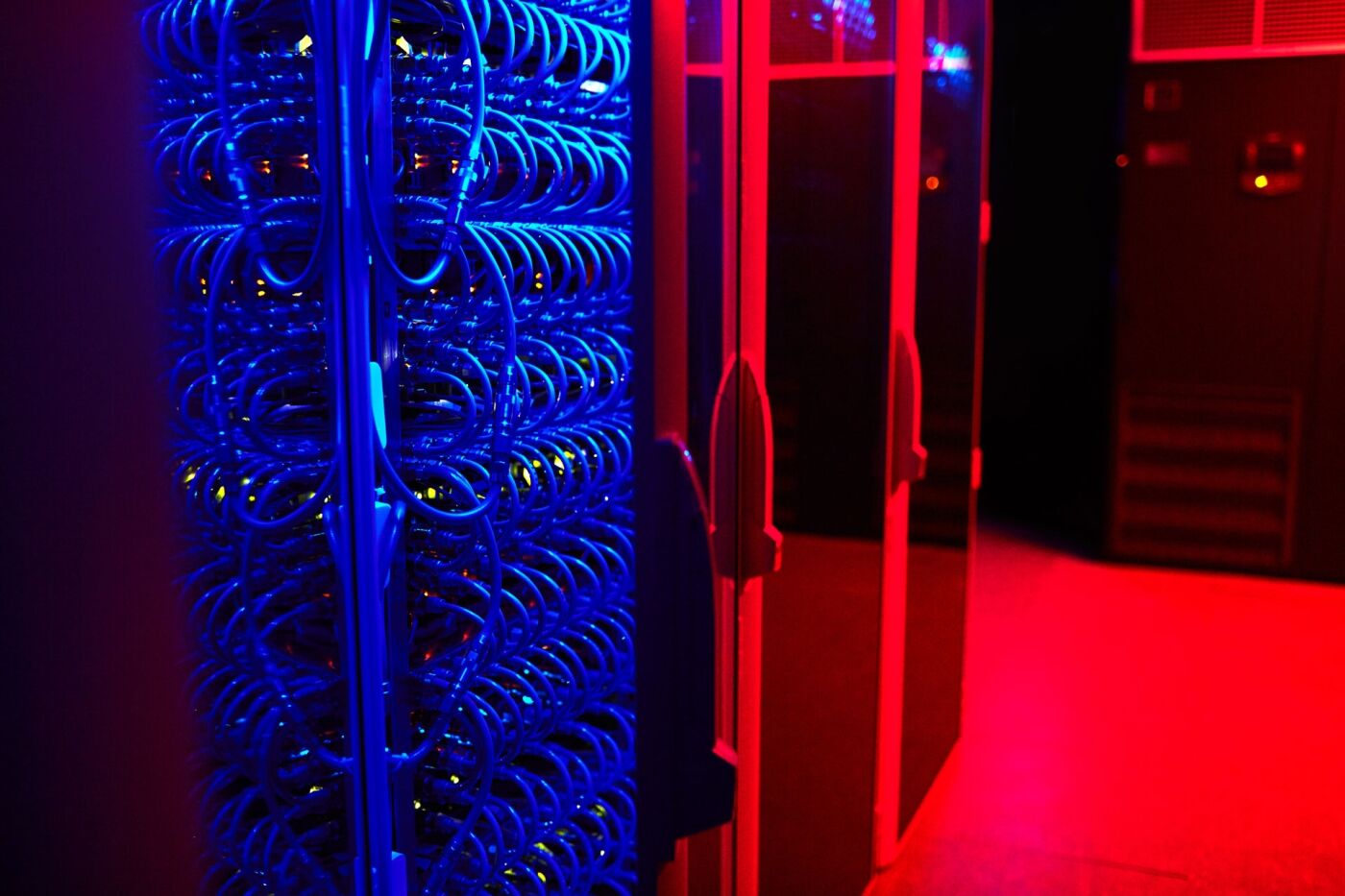You may have heard about LoRaWAN (Long Range Radio Wide Area Network), one of the wireless connectivity technologies for the Internet of Things. LoRaWAN adoption has been increasing and is an excellent option for many use cases requiring small data packets with relatively infrequent transmission.
A LoRaWAN network implementation has three significant components – devices, gateways, and a network server. Depending on your technical expertise, location, and cost model, there are some options for procurement or use.
Devices are an IoT staple. The LoRaWAN marketplace is growing, with many Off-The-Shelf units for remote monitoring and asset tracking available. Sensing capabilities in OTS endpoints include many primary needs like temperature, humidity, motion, etc. A robust availability of components enables you to create a custom device, should you be unable to find something already built that meets your needs.
A LoRaWAN gateway handles the connections between devices and the network server. Devices communicate using the LoRaWAN protocol, while backhaul to the network server uses higher bandwidth networks like cellular, Wi-Fi, and Ethernet. With a wide range available for purchase from several companies, designed for either indoor or outdoor use, prices go up with increased capacity (“carrier-grade” are some of the most expensive). A single gateway can process data from thousands of devices.
The network server sits between the gateways provisioned to the network and the application environment. Because LoRaWAN devices are relatively simple, and gateways handle mainly connectivity and routing, the network server is the most complex of the three. Its primary functions are network control & supervision, device & gateway management, and security.
Community Networks
There is an implementation of a LoRaWAN community network of significant size – The Things Network (TTN). Availability depends on community members (individuals and businesses) deploying LoRaWAN gateways to create areas of coverage. All data flows through the TTN network server, owned and administered by their central organization. There is no charge for using the Things Network, but they do have policies governing “fair use” that may be too limiting for your projected level of usage.
TTN is an excellent option to learn more about LoRaWAN and to do some Proof-Of-Concept development. If there is TTN coverage in your area, you could use it to activate some devices. If not, you could support the TTN community by deploying a gateway on their network for yourself and others in your area. After some experimentation, you should look for another option more suitable for a commercial implementation.
Public Networks
Public networks have existing coverage and network infrastructure ready to be used. If coverage exists in your deployment(s) area, you can avoid the technical challenges and expense of installing gateways and turning up a network server. Companies who own and maintain these public LoRaWAN networks charge fees for use. Their network server configuration will send data to the application environment you specify.
Private Networks
Of course, you could deploy a LoRaWAN network. If the technology makes sense for your use case(s), and there are no existing networks in the area to use, this may be the only alternative. Before you tackle this project, define the scope and do an assessment. Will it be indoor or outdoor (or both)? What is the required range? What are the upfront and ongoing costs? Do you have the expertise (or can you get it) to design, implement, and manage it?
Hybrid or Semi-Private Networks
If you lack coverage in your service area, some companies offer an arrangement where you can deploy a gateway with connectivity to their network server. Many who offer this option provide substantial assistance up to and including sending you a “plug-and-play gateway” with support for installation and maintenance. Some agreements will pay you a revenue share for their other customers whose data flows through your gateway.
For the right uses case, LoRaWAN is a great choice for IoT. The flexibility in implementation alternatives is an additional reason to give it serious consideration.
